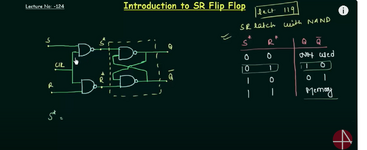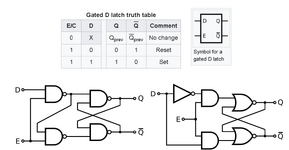yefj
Advanced Member level 5

- Joined
- Sep 12, 2019
- Messages
- 1,557
- Helped
- 1
- Reputation
- 2
- Reaction score
- 5
- Trophy points
- 38
- Activity points
- 9,376
Hello There is a greate circuit shown below.Is goal is to convert power supply non sinchronios +12V -12V into sinchronios pulse.
It consists of many components which i am having problem to see how they work together.
Why the comparators have capcitor on one leg while the othe leg has resistor?
Why there is a diode after the BJT in the end?
Is there way ou could reccomend me to separate this circuit into parts so i could see the logic ?
LTSPICE file is attached.
Thanks.


It consists of many components which i am having problem to see how they work together.
Why the comparators have capcitor on one leg while the othe leg has resistor?
Why there is a diode after the BJT in the end?
Is there way ou could reccomend me to separate this circuit into parts so i could see the logic ?
LTSPICE file is attached.
Thanks.




